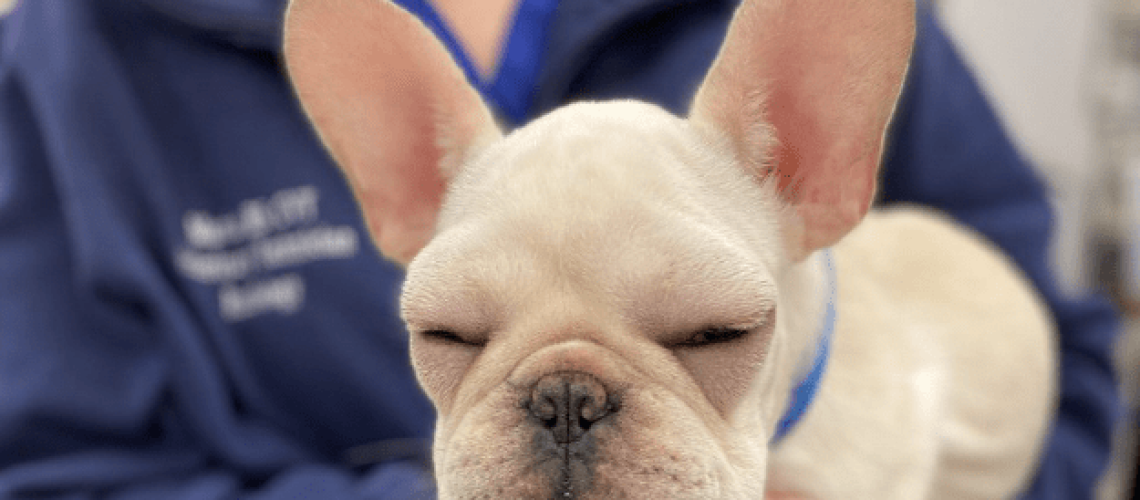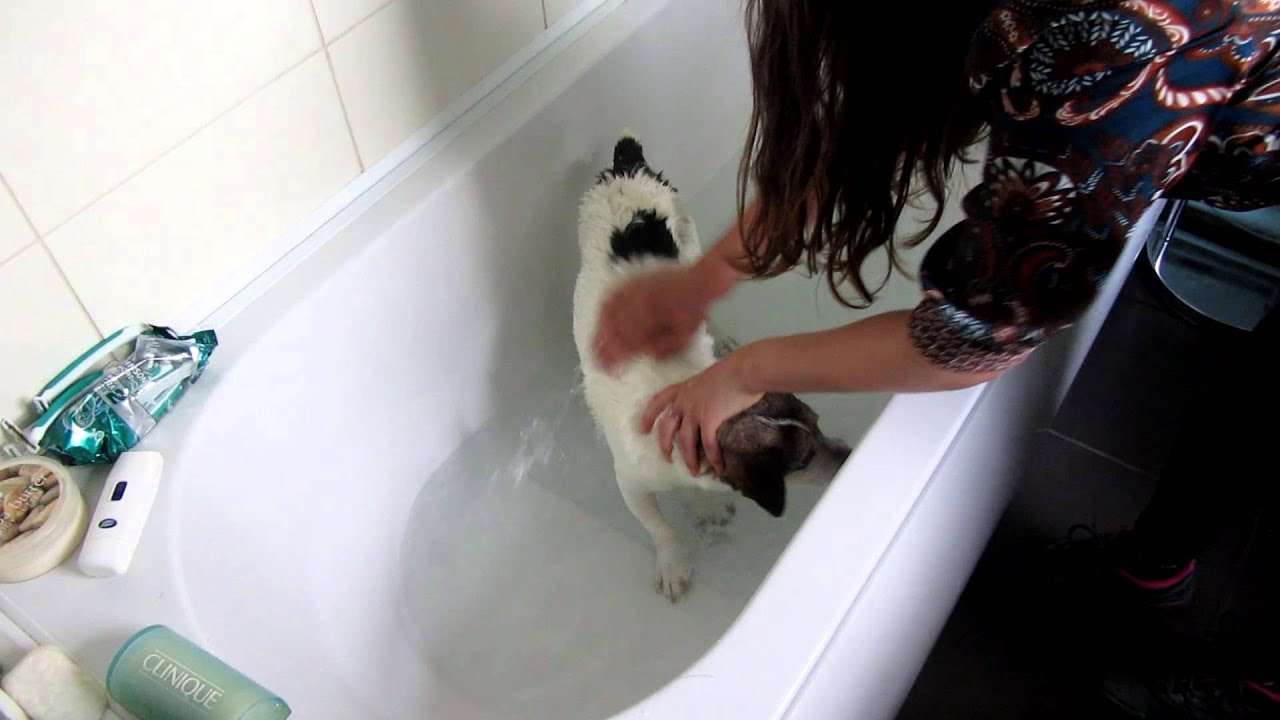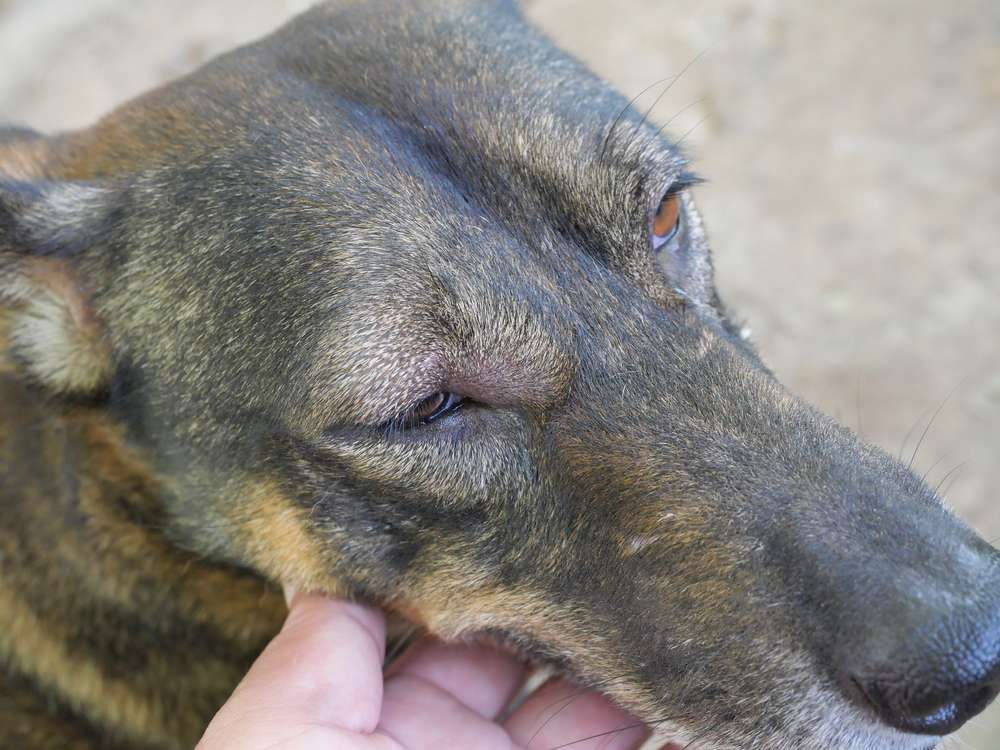Key Takeaways:
- Immediate veterinary attention is necessary if your dog experiences hives, as they can be a sign of a serious allergic reaction or underlying health issue.
- Identifying and removing the allergen that caused the hives is crucial to preventing future outbreaks.
- Avoid giving your dog any over-the-counter medications without consulting a vet, as they may worsen the condition or have adverse effects.
- Applying cool compresses or giving your dog a cool bath can help alleviate itching and discomfort associated with hives.
- Keeping a record of when and where your dog develops hives can help identify patterns and potential triggers for future prevention.
Are you a dog owner who wants to keep your furry friend happy and healthy? If so, understanding what to do if your dog has hives is essential knowledge that can benefit both you and your beloved pet. Hives, also known as urticaria, are itchy, red bumps that can appear on your dog's skin. They can be caused by various factors such as allergies, insect bites, or even stress. By delving into this subject, you will gain valuable insights on how to identify hives in your dog and take the necessary steps to provide relief and comfort. So, let's explore the world of hives in dogs together and ensure the well-being of our canine companions.
What are hives and why do they appear on dogs?
Hives, also known as urticaria, are raised, itchy bumps on a dog's skin that can vary in size and shape. They occur when the dog's immune system reacts to certain triggers by releasing histamine, a chemical that causes inflammation. This leads to the appearance of hives on the skin.
There are several reasons why hives may appear on dogs. One common cause is an allergic reaction to something the dog has come into contact with, such as certain foods, medications, or insect bites. Hives can also be triggered by environmental factors like pollen or dust mites.
How do hives look like on dogs?
Hives on dogs typically appear as raised bumps that may be red or pink in color. They can vary in size from small dots to larger patches. The bumps often have a distinct border and can be surrounded by an area of swollen skin.
The dog may show signs of itching and discomfort, such as scratching or biting at the affected areas. In some cases, hives may be accompanied by other symptoms like swelling of the face or difficulty breathing.
Tips:
- Check your dog's skin regularly for any signs of hives
- If you notice any unusual bumps or rashes, consult your veterinarian for proper diagnosis and treatment
- Avoid exposing your dog to potential allergens if you know they have had a previous allergic reaction
Common triggers for hives in dogs
Dogs can develop hives due to various triggers. Some common causes include:
Allergies:
Dogs can be allergic to certain foods, medications, or environmental factors like pollen or dust mites. When a dog with allergies comes into contact with an allergen, their immune system releases histamine, leading to the development of hives.
Insect bites:
Bites from fleas, ticks, mosquitoes, or other insects can cause an allergic reaction in some dogs. This can result in the appearance of hives around the bite site.
Medications:
Some medications can trigger an allergic reaction in dogs, leading to the development of hives. It's important to consult with your veterinarian before giving your dog any new medication.
Tips:
- Avoid exposing your dog to known allergens
- Use flea and tick prevention methods to reduce the risk of insect bites
- If your dog is on medication, monitor for any signs of allergic reactions and inform your veterinarian immediately if you notice hives
Steps to take if your dog has hives
If you notice that your dog has developed hives, it's important to take appropriate steps to provide relief and prevent further discomfort:
1. Assess the severity:
Observe the size and distribution of the hives on your dog's body. If they are widespread or accompanied by other concerning symptoms like facial swelling or difficulty breathing, seek immediate veterinary care.
2. Remove potential triggers:
If you suspect that a specific allergen may have caused the hives (such as a new food or medication), remove it from your dog's environment and consult with your veterinarian for guidance.
3. Offer soothing remedies:
You can provide relief to your dog by giving them a cool bath with mild, hypoallergenic shampoo or applying a cold compress to the affected areas. This can help reduce itching and inflammation.
Tips:
- Do not give your dog any over-the-counter medications without consulting your veterinarian first
- Keep your dog comfortable and minimize their exposure to potential irritants
- If the hives persist or worsen, seek veterinary advice for further evaluation and treatment
Treating dog hives: OTC meds or vet care?
When it comes to treating hives in dogs, it's important to consult with a veterinarian before administering any medication. While some over-the-counter (OTC) antihistamines may be safe for dogs, the appropriate dosage and specific medication should be determined by a professional.
In cases of mild hives, where the symptoms are not severe and there is no accompanying distress, your veterinarian may recommend an OTC antihistamine such as Benadryl. However, it's crucial to follow their guidance on dosage and duration of treatment.
If the hives are severe or accompanied by other concerning symptoms like facial swelling or difficulty breathing, immediate veterinary care is necessary. The veterinarian may administer stronger medications like corticosteroids to reduce inflammation and provide relief.
Benefits of seeking veterinary care:
- A professional diagnosis can help identify the underlying cause of the hives
- Veterinarians have access to prescription-strength medications that may be more effective in treating severe cases
- They can monitor your dog's progress and adjust the treatment plan if needed
Preventing future episodes of hives in dogs
While it may not be possible to completely prevent hives in dogs, there are steps you can take to minimize the risk:
1. Identify and avoid triggers:
If you notice that your dog has had an allergic reaction or hives after exposure to a certain food, medication, or environmental factor, try to identify and avoid that trigger in the future.
2. Keep your dog's environment clean:
Dust mites and pollen can be common allergens for dogs. Regularly clean your home, wash bedding, and vacuum carpets to reduce the presence of these irritants.
3. Use appropriate flea and tick prevention methods:
Insect bites can trigger hives in some dogs. Use flea and tick prevention methods recommended by your veterinarian to reduce the risk.
Tips:
- Consult with your veterinarian if you suspect any allergies or sensitivities in your dog
- If your dog has a known allergy, consider allergy testing to identify specific triggers
- Keep an eye on your dog's skin health and promptly address any signs of itching or irritation
Identifying and Avoiding Triggers
Understanding Common Triggers
Hives in dogs can be caused by a variety of triggers, including certain foods, medications, insect bites, or exposure to environmental allergens. It is important to identify the specific trigger that causes hives in your dog to prevent future episodes. Common food triggers include beef, chicken, dairy products, and grains. Medications such as antibiotics or vaccines can also lead to hives. Insect bites from fleas, ticks, or mosquitoes are another common cause. Additionally, dogs can develop hives when exposed to pollen, mold spores, or dust mites.
Keeping a Trigger Diary
To pinpoint the trigger that causes hives in your dog, it can be helpful to keep a trigger diary. This involves recording any changes in your dog's diet, medications taken, outdoor activities, and exposure to potential allergens. By tracking these factors alongside the occurrence of hives episodes, you may start noticing patterns and identifying the specific trigger more easily. For example, if you notice that your dog develops hives every time they eat chicken or go for a walk in a particular park with high pollen levels, it becomes clear what triggers their allergic reaction.
Avoiding Known Triggers
Once you have identified the trigger for your dog's hives episodes through the trigger diary or with the help of a veterinarian, it is crucial to take steps to avoid those triggers. If certain foods are causing hives in your dog, eliminate them from their diet completely. Opt for hypoallergenic dog food options instead. When it comes to environmental triggers like pollen or dust mites, try to limit your dog's exposure by keeping them indoors during peak allergy seasons or using air purifiers in your home. Regularly checking for fleas and ticks on your dog and using appropriate preventive measures can also help avoid insect bite triggers. By being proactive in avoiding known triggers, you can significantly reduce the chances of future hives episodes in your furry friend.
Managing Stress and Promoting Overall Health
Reducing Stress Levels
Stress can worsen hives in dogs, so it is important to create a calm and stress-free environment for your pet. Dogs are sensitive to their owners' emotions, so try to remain calm and composed around them. Provide a comfortable and safe space where they can retreat when feeling anxious or overwhelmed. Regular exercise, playtime, and mental stimulation can also help alleviate stress in dogs.
Maintaining a Healthy Diet
A balanced and nutritious diet plays a crucial role in maintaining overall health and preventing hives episodes in dogs. Ensure that your dog's diet includes high-quality protein sources, essential fatty acids, vitamins, and minerals. Avoid feeding them excessive amounts of treats or table scraps that may contain potential allergens. Consult with a veterinarian to determine the best diet plan for your dog's specific needs.
Regular Veterinary Check-ups
Regular visits to the veterinarian are essential for monitoring your dog's health and addressing any underlying issues that may contribute to hives episodes. The vet can perform allergy tests to identify specific allergens if necessary and provide appropriate medication or treatment options. They can also guide you on preventive measures such as vaccinations or parasite control.
By taking steps to identify triggers, avoid known allergens, manage stress levels, maintain a healthy diet, and seek professional veterinary care regularly, you can effectively prevent future episodes of hives in your beloved canine companion. Remember that each dog is unique, so it is important to work closely with your veterinarian to develop an individualized plan tailored to your dog's specific needs.
In conclusion, if your dog has hives, it is important to identify the cause and remove it if possible. You should consult a veterinarian for proper diagnosis and treatment to ensure your dog's health and well-being.
How can I treat my dogs hives?
If your dog's hives are caused by coming into contact with an allergen, such as grasses, trees, chemicals, or insect bites, you can help alleviate the itching by using a dog shampoo with a gentle oatmeal-based formula. This will make your dog feel more at ease. Additionally, you can apply a cold compress to the hives or the areas of your dog's skin that are most severely affected.
Does Benadryl help with dog hives?
If your dog is showing any of the following allergy symptoms, Benadryl can provide relief: hives, itchy skin, facial swelling, and inflammation.
How long do hives last for dogs?
The small bumps have the ability to combine and create bigger swollen areas known as angioedema, which is a type of edema (accumulation of fluid under the skin). In pets, hives can persist for varying durations, ranging from a few minutes to several days or even months.
Will hives on dogs go away on their own?
Often, hives will disappear by themselves within an hour or so. However, if they have been present for a few hours already, it is advisable to contact your vet first. They may provide you with at-home suggestions to assist your dog in recovering from the allergic response.
Is it normal for dogs to get hives?
Coming into direct contact with a pet that causes allergies can lead to allergic dermatitis, which manifests as raised, red patches of skin (known as hives), eczema, and itchy skin.
Why is my dog breaking out in bumps?
There are various possible causes for this issue, including genetic factors, hormonal fluctuations, allergies to food or the environment, and occasionally, physical trauma. Furthermore, dog acne can sometimes be a normal part of adolescence and may occur regardless of any preventive measures taken.

















